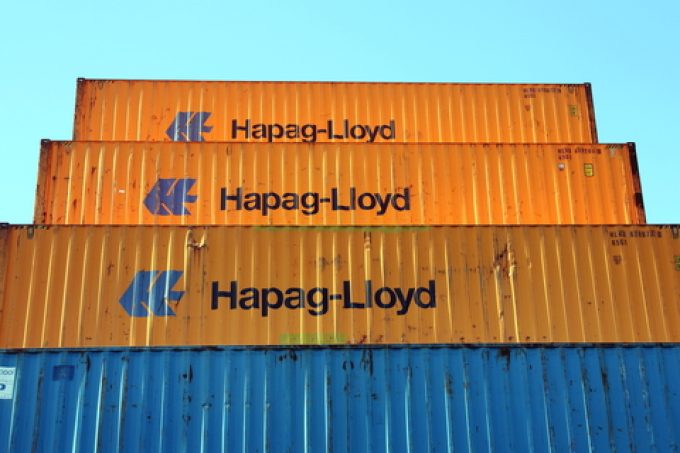Gemini carriers cut back loading allocations on challenging southern India trade
Southern India’s ocean trade continues to be a challenging market for both Maersk and Hapag-Lloyd, ...

Hapag-Lloyd has posted a huge net profit of $3.4bn for the third quarter, and a cumulative nine-month result of $6.7bn that compares with just $605m earned in the first three quarters of 2020.
Putting the fifth-largest ocean carrier’s earnings into context, that nine-month profit exceeds its return from the whole of the past five years.
And CEO Rolf Habben Jansen said today the carrier’s result for Q4 would be equally strong, and that he saw “no dramatic change” for the first quarter ...
Transpacific sees first major MSC blanks as rates fall and volumes falter
'It’s healthy competition' Maersk tells forwarders bidding for same business
Opposition builds for final hearing on US plan to tax Chinese box ship calls
White House confirms automotive tariffs – 'a disaster for the industry'
New price hikes may slow ocean spot rate slide – but for how long?
Supply chain delays expected after earthquake hits Myanmar
Good start for Gemini, liner schedule reliability data reveals

Comment on this article